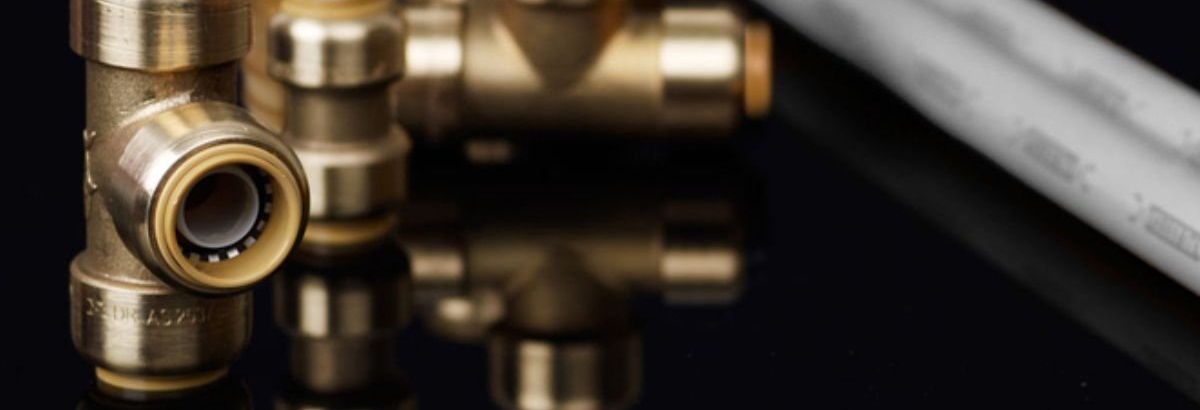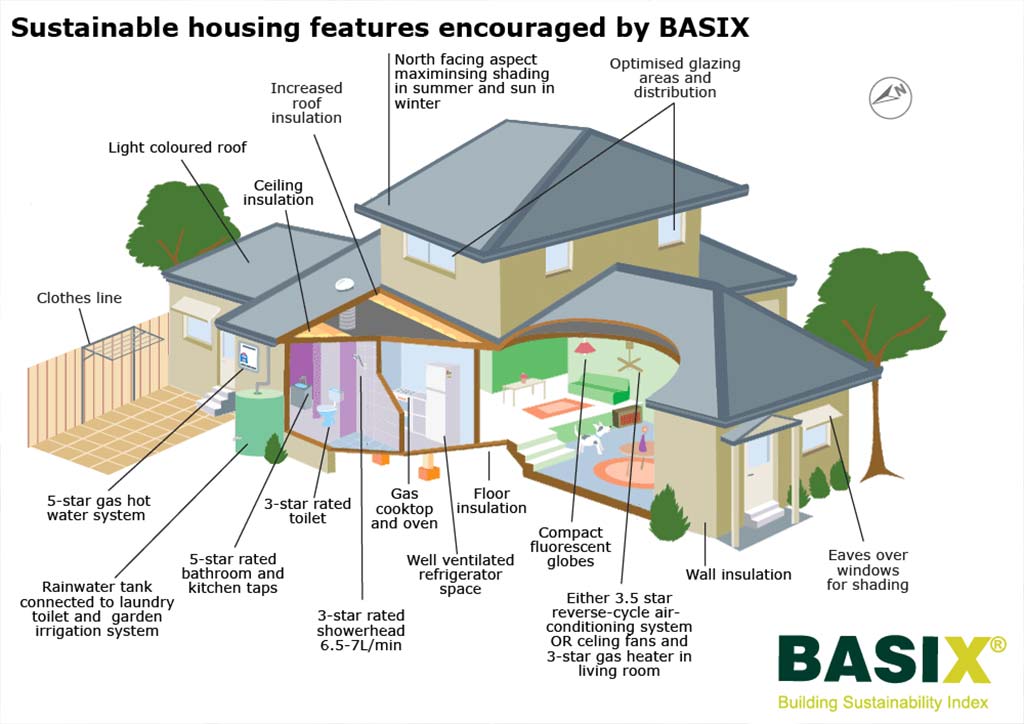The writer is making a number of good observations about Plumbing Installation 101: All You Need to Know as a whole in the article on the next paragraphs.

Recognizing just how your home's pipes system functions is essential for every single home owner. From providing clean water for drinking, cooking, and bathing to safely removing wastewater, a well-maintained pipes system is critical for your family members's wellness and comfort. In this detailed overview, we'll check out the intricate network that composes your home's plumbing and offer ideas on maintenance, upgrades, and taking care of usual problems.
Introduction
Your home's pipes system is greater than simply a network of pipes; it's a complex system that guarantees you have accessibility to tidy water and effective wastewater removal. Knowing its elements and just how they collaborate can help you prevent costly fixings and make sure whatever runs smoothly.
Standard Parts of a Plumbing System
Pipes and Tubing
At the heart of your plumbing system are the pipelines and tubing that lug water throughout your home. These can be made of different materials such as copper, PVC, or PEX, each with its advantages in terms of toughness and cost-effectiveness.
Components: Sinks, Toilets, Showers, etc.
Components like sinks, toilets, showers, and tubs are where water is used in your home. Understanding just how these fixtures link to the pipes system assists in detecting issues and planning upgrades.
Shutoffs and Shut-off Factors
Valves control the flow of water in your pipes system. Shut-off valves are vital during emergency situations or when you need to make repairs, enabling you to separate parts of the system without interrupting water flow to the entire residence.
Water Supply System
Main Water Line
The main water line links your home to the community supply of water or an exclusive well. It's where water enters your home and is distributed to different components.
Water Meter and Stress Regulatory Authority
The water meter measures your water usage, while a pressure regulator makes certain that water flows at a risk-free stress throughout your home's pipes system, protecting against damage to pipes and fixtures.
Cold Water vs. Warm water Lines
Recognizing the difference in between cold water lines, which provide water directly from the main, and hot water lines, which lug heated water from the hot water heater, helps in troubleshooting and planning for upgrades.
Drainage System
Drain Pipes Pipes and Traps
Drain pipes bring wastewater away from sinks, showers, and commodes to the sewer or sewage-disposal tank. Catches avoid sewer gases from entering your home and also catch particles that could trigger blockages.
Ventilation Pipes
Air flow pipelines allow air into the drain system, protecting against suction that can reduce water drainage and cause traps to empty. Appropriate air flow is essential for preserving the honesty of your plumbing system.
Value of Correct Water Drainage
Ensuring proper drainage avoids back-ups and water damage. Regularly cleansing drains pipes and keeping traps can avoid costly fixings and expand the life of your plumbing system.
Water Furnace
Sorts Of Water Heaters
Water heaters can be tankless or traditional tank-style. Tankless heating systems warmth water as needed, while storage tanks save warmed water for instant use.
How Water Heaters Connect to the Pipes System
Comprehending exactly how hot water heater connect to both the cold water supply and warm water circulation lines assists in diagnosing issues like not enough hot water or leaks.
Upkeep Tips for Water Heaters
Frequently flushing your hot water heater to get rid of sediment, examining the temperature settings, and checking for leakages can prolong its life expectancy and improve power effectiveness.
Usual Plumbing Issues
Leakages and Their Reasons
Leakages can happen due to maturing pipes, loosened fittings, or high water stress. Dealing with leaks without delay avoids water damage and mold and mildew development.
Clogs and Clogs
Blockages in drains and commodes are often caused by flushing non-flushable things or a buildup of oil and hair. Making use of drain displays and bearing in mind what drops your drains can protect against clogs.
Indicators of Pipes Troubles to Look For
Low water stress, slow-moving drains pipes, foul odors, or abnormally high water costs are signs of prospective pipes troubles that need to be dealt with quickly.
Pipes Upkeep Tips
Regular Inspections and Checks
Arrange yearly pipes assessments to capture issues early. Search for indications of leakages, corrosion, or mineral accumulation in taps and showerheads.
Do It Yourself Upkeep Tasks
Simple jobs like cleansing faucet aerators, looking for bathroom leakages making use of color tablets, or insulating subjected pipelines in cool climates can avoid major pipes concerns.
When to Call a Specialist Plumber
Know when a pipes issue requires professional know-how. Trying complicated repair services without correct knowledge can lead to even more damages and greater repair work expenses.
Upgrading Your Plumbing System
Factors for Updating
Updating to water-efficient components or changing old pipelines can enhance water high quality, decrease water bills, and enhance the worth of your home.
Modern Plumbing Technologies and Their Benefits
Explore modern technologies like wise leakage detectors, water-saving toilets, and energy-efficient water heaters that can conserve cash and decrease environmental effect.
Expense Considerations and ROI
Calculate the upfront prices versus lasting savings when considering pipes upgrades. Lots of upgrades pay for themselves via minimized energy expenses and less repair work.
Ecological Impact and Conservation
Water-Saving Components and Devices
Setting up low-flow taps, showerheads, and toilets can substantially reduce water usage without compromising efficiency.
Tips for Decreasing Water Use
Simple routines like taking care of leaks promptly, taking much shorter showers, and running complete loads of washing and meals can save water and lower your utility costs.
Eco-Friendly Plumbing Options
Consider sustainable pipes materials like bamboo for floor covering, which is durable and eco-friendly, or recycled glass for kitchen counters.
Emergency Preparedness
Actions to Take Throughout a Pipes Emergency situation
Know where your shut-off shutoffs are located and how to switch off the water in case of a ruptured pipeline or significant leakage.
Value of Having Emergency Get In Touches With Useful
Maintain call info for regional plumbing professionals or emergency services readily available for fast response throughout a pipes dilemma.
Do It Yourself Emergency Fixes (When Applicable).
Short-term repairs like utilizing air duct tape to spot a dripping pipe or putting a pail under a trickling faucet can minimize damage up until a specialist plumbing technician gets here.
Final thought.
Recognizing the anatomy of your home's pipes system equips you to keep it efficiently, conserving money and time on repair work. By complying with regular maintenance regimens and staying notified regarding modern-day plumbing innovations, you can ensure your pipes system runs efficiently for many years ahead.
HOW YOUR PLUMBING SYSTEM WORKS
Which Pipes Do What?
Blue lines = fresh water supply entering the building
Red lines = hot water supply entering the building
Grey lines = pipes carrying waste away from the building and venting pipes carrying gases away from the building (through the roof)
YOUR MAIN PLUMBING SYSTEMS
There are two main plumbing systems that support your home s basic plumbing needs one that brings clean water into your home, and one that sends dirty water away from your home. Connected to the toilet, bath, shower, and other faucets in your home, these two systems keep your water flowing in the right directions.
ACCESSING FRESH WATER
Fresh and clean water is brought into your home through the main water supply line . Filtered through one pipe, this water is pressured to flow into the various fixtures in your home at any given time.
This water can be sourced from a well located on your property, a pond or river (mostly cottages), or, as in most cases, from the city s municipal water treatment centre. However, it is important to note that water that is untreated, such as the water siphoned from ponds or rivers, may not be safe to drink. Personal water supplies always need to be treated for hardness and contaminants before consumed.
MUNICIPAL WATER SUPPLIES
Improve taste and odour
Remove sediment
Eliminate hardness
Reduce chlorine
COLD WATER SUPPLY VS. HOT WATER SUPPLY
Cold water flows into your home or building through the service line, which then distributes hot or cold water to your fixtures. This line is most commonly run through a central column that runs floor to floor. Hot water runs in short and straight pipes as the longer the pipeline, the more heat that will be lost in the transfer. Having shorter pipes also allows residents to access hot water more quickly.
WASTE WATER SYSTEM
Your wastewater system is divided into two parts pipes that send wastewater away from your home and venting pipes that send sewer gas away from your home. Sewage water travels through pipes that flush the water and waste towards local sewers that are operated and managed by your city or town. Most sewer systems rely on gravity to move the wastewater to where it needs to go.
The further away from your toilet or sink, the larger wastewater pipes become. This allows for waste to be disposed of from various parts of your home or business at once without pipe blockages. The angle and flow of these pipes are also essential for keeping your waste pipes clear of build up.
https://harrisplumbing.ca/how-your-home-plumbing-system-works/

HOW YOUR PLUMBING SYSTEM WORKS
Which Pipes Do What?
YOUR MAIN PLUMBING SYSTEMS
There are two main plumbing systems that support your home s basic plumbing needs one that brings clean water into your home, and one that sends dirty water away from your home. Connected to the toilet, bath, shower, and other faucets in your home, these two systems keep your water flowing in the right directions.
ACCESSING FRESH WATER
Fresh and clean water is brought into your home through the main water supply line . Filtered through one pipe, this water is pressured to flow into the various fixtures in your home at any given time.
This water can be sourced from a well located on your property, a pond or river (mostly cottages), or, as in most cases, from the city s municipal water treatment centre. However, it is important to note that water that is untreated, such as the water siphoned from ponds or rivers, may not be safe to drink. Personal water supplies always need to be treated for hardness and contaminants before consumed.
MUNICIPAL WATER SUPPLIES
COLD WATER SUPPLY VS. HOT WATER SUPPLY
Cold water flows into your home or building through the service line, which then distributes hot or cold water to your fixtures. This line is most commonly run through a central column that runs floor to floor. Hot water runs in short and straight pipes as the longer the pipeline, the more heat that will be lost in the transfer. Having shorter pipes also allows residents to access hot water more quickly.
WASTE WATER SYSTEM
Your wastewater system is divided into two parts pipes that send wastewater away from your home and venting pipes that send sewer gas away from your home. Sewage water travels through pipes that flush the water and waste towards local sewers that are operated and managed by your city or town. Most sewer systems rely on gravity to move the wastewater to where it needs to go.
The further away from your toilet or sink, the larger wastewater pipes become. This allows for waste to be disposed of from various parts of your home or business at once without pipe blockages. The angle and flow of these pipes are also essential for keeping your waste pipes clear of build up.
https://harrisplumbing.ca/how-your-home-plumbing-system-works/
I stumbled upon that review about Exploring Your Homes Plumbing Anatomy when browsing the web. Do you know somebody who is sincerely interested in the subject? Why not share it. I am grateful for being here. Don't forget to stop by our site back soon.
Set An Appointment